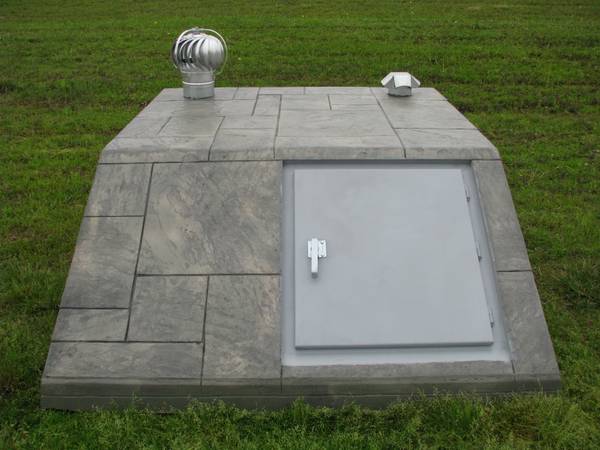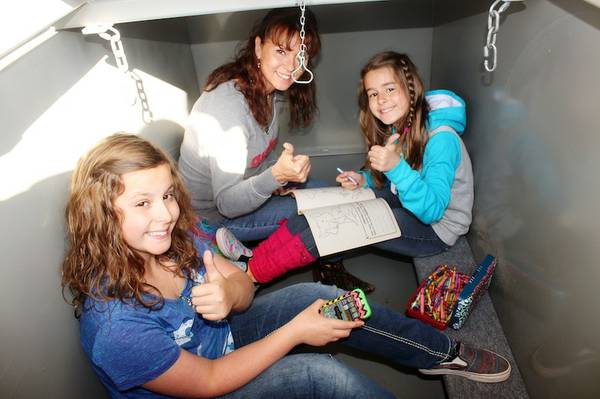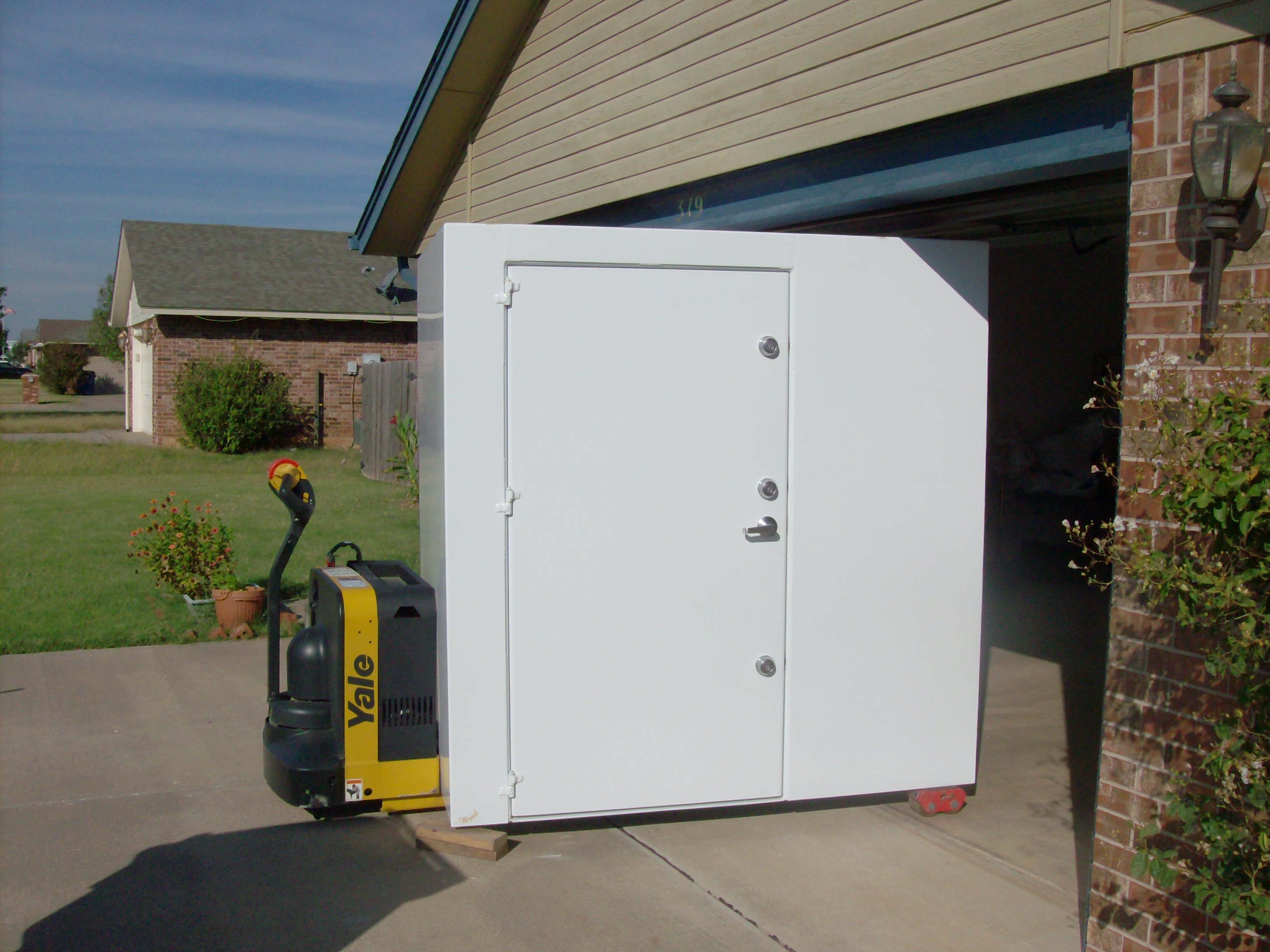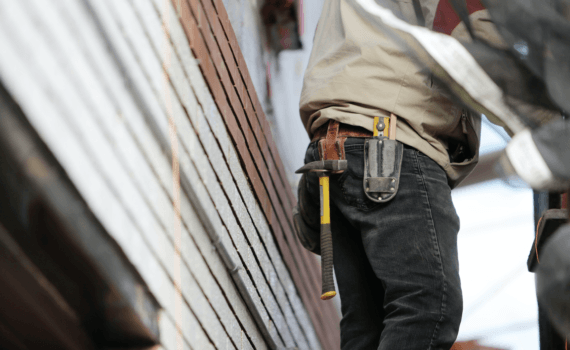
Taking Shelter from the Storm: Building Resilient Safe Rooms
Category : Oklahoma Storm Shelters
When severe storms loom on the horizon, having a safe room can provide a crucial layer of protection for you and your loved ones. A safe room, also known as a storm shelter or tornado shelter, is a fortified space designed to withstand extreme weather events. If you’re considering installing one, here are some essential factors to consider for building resilient safe rooms.
Location
Choosing the right location for your safe room is paramount. Opt for an area within your home that is easily accessible, preferably on the ground floor and away from windows and exterior walls. Basements, interior closets, or rooms reinforced with concrete or steel are ideal choices.
Construction Materials
Select high-quality construction materials to ensure the strength and durability of your safe room. Reinforced concrete walls and ceilings provide excellent protection against high winds and flying debris. Steel doors and frames further reinforce the structure.
Ventilation
While safety is the top priority, proper ventilation is crucial to ensure comfort and prevent suffocation when seeking shelter for extended periods. Incorporate a ventilation system, such as a vent or fan, into your safe room’s design. This will provide fresh air and help regulate temperature and humidity levels.
Communication
Maintaining communication during a storm is essential. Install a landline telephone or consider including a cell phone signal booster within your storm shelter. This will help ensure you can stay in touch with emergency services and loved ones even if cellular networks are overloaded.
Essential Supplies
Stock your safe room with essential supplies to sustain you and your family during the storm. This includes a first aid kit, non-perishable food, bottled water, blankets, flashlights, a weather radio, and a fire extinguisher. Consider storing these items in waterproof containers or bags to protect them from water damage.
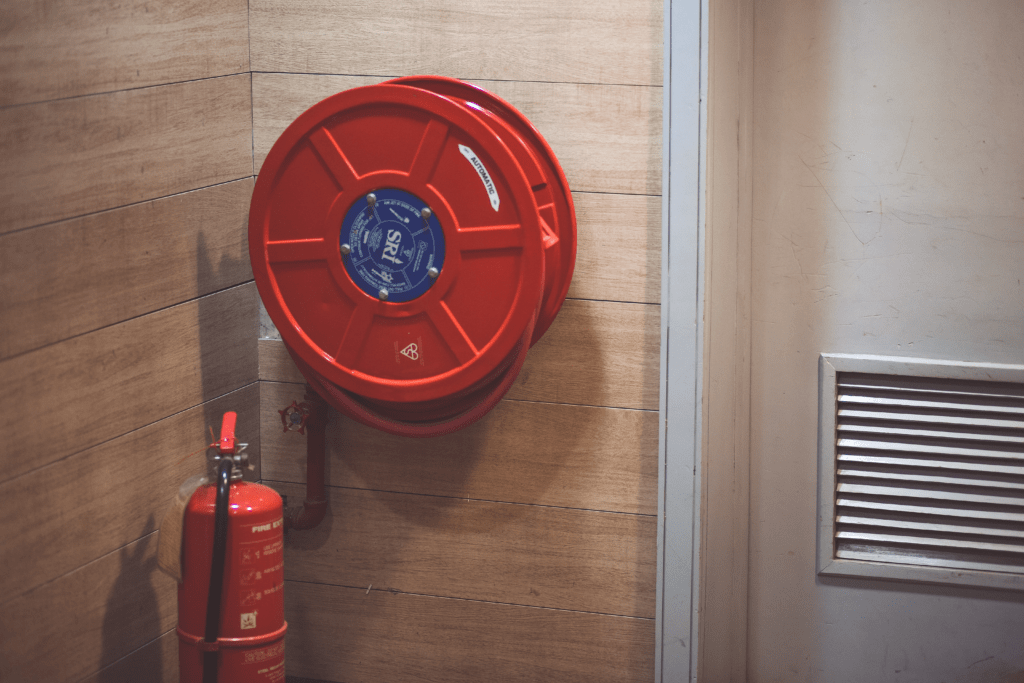
Accessibility
Ensure your safe room is easily accessible to all family members, including those with disabilities or mobility challenges. Install handrails and ramps if necessary. It’s also important to educate everyone in your household about the safe room’s location and how to use it properly.
Secure Storage
Incorporate secure storage options within your safe room to protect important documents, cash, and valuable possessions. A fireproof and waterproof safe or lockbox can safeguard these items in case of a disaster.
Regular Maintenance
Once your safe room is in place, don’t neglect regular maintenance. Inspect the structure periodically for any signs of wear, damage, or structural weaknesses. Keep emergency supplies up to date and replace any expired items.
If you’re based in Oklahoma, get in touch with the builders at Oklahoma Shelters for the installation of a customized safe room at your residence. From underground bunkers to garage shelters, we can do it all!

